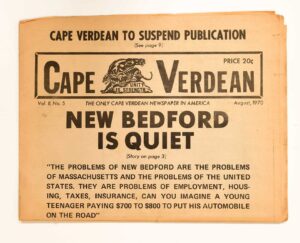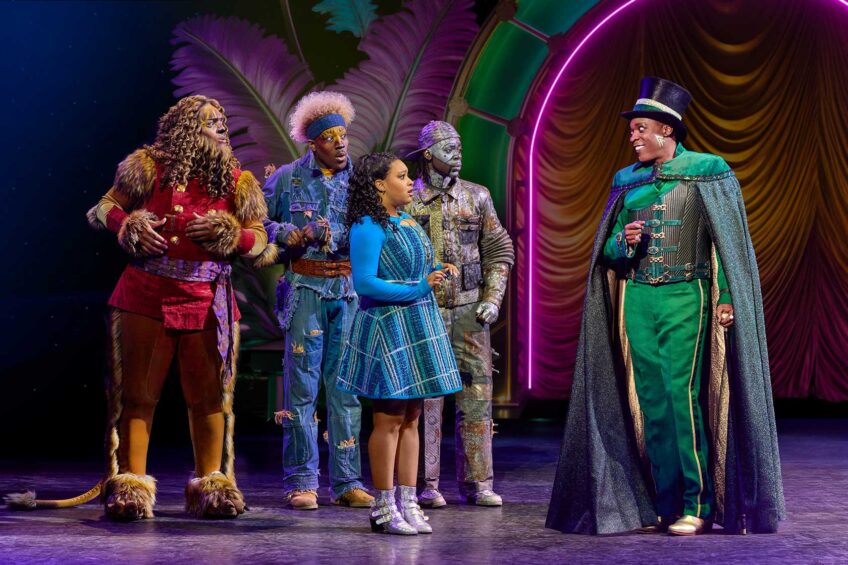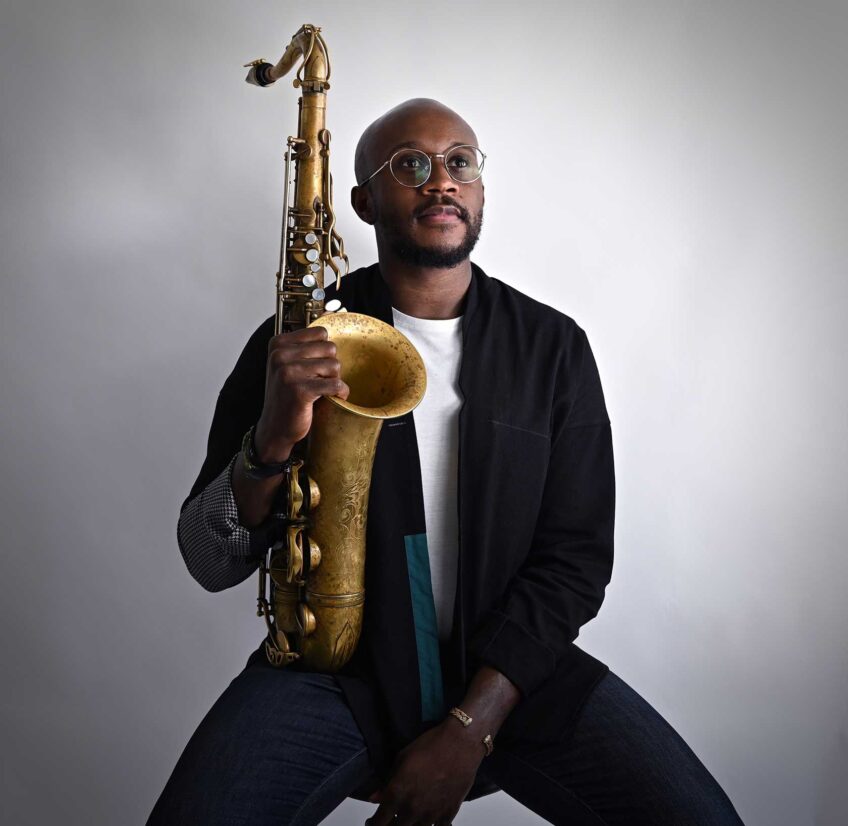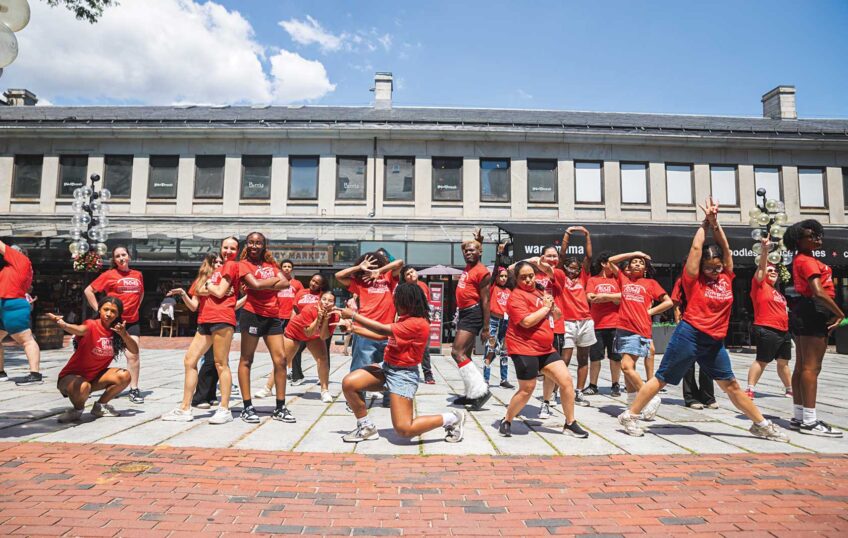Two exhibits in New Bedford celebrate the 50th anniversary of Cape Verdean independence
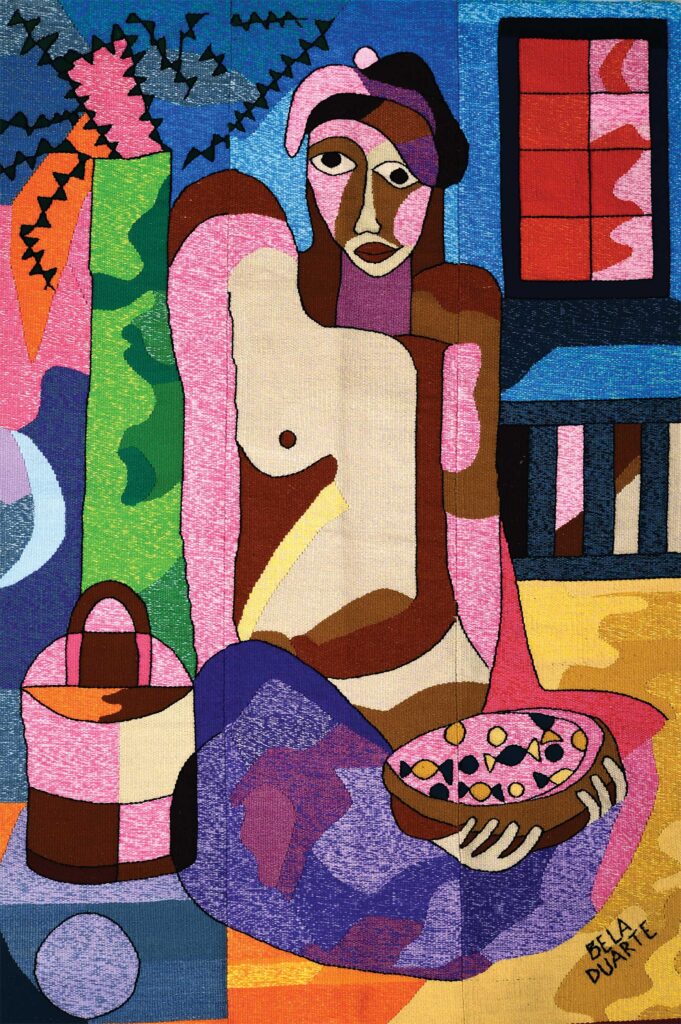
The New Bedford Whaling Museum is opening two exhibitions celebrating the 50th anniversary of Cape Verde’s independence from Portugal in collaboration with the vibrant Cape Verdean community on the South Coast of New England.
The Republic of Cabo Verde was a historical hub of the transatlantic slave trade and later became a significant stop for American whaling ships. As a result, many Cape Verdean crewmembers made their way to New Bedford and settled there. According to the 2020 census, there are still more than 70,000 Cape Verdean residents in Massachusetts, making it one of the largest populations of Cape Verdeans outside of Cabo Verde.

George Martins (1951-1991), “Untitled,” 1990. Oil on canvas. PHOTO: COURTESY NEW BEDFORD WHALING MUSEUM
“Morabeza: Cape Verdean Community in the South Coast,” features a hyper-local look at the region. The Whaling Museum has collected personal stories, photographs, artifacts, oral histories and more from community members to tell their stories in their own words. The museum’s Cape Verdean advisory board played a major role in the process.
“We wanted to reflect the Cape Verdean community today,” said Naomi Slipp, chief curator at the museum. “We really aimed not to shape the narrative ourselves, but to listen and try and reflect in collaboration with partners and individuals on what being Cape Verdean meant to them in this place and in this region.”
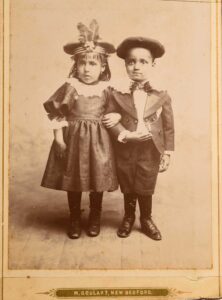
Manuel Goulart, “Manuel Lomba
and Mary Carlotta as children,” ca. 1890-1910. Albumen cabinet card PHOTO: COURTESY NEW BEDFORD WHALING MUSEUM
The result is a very personal exhibition. One of the pieces in the show is a handmade wedding dress a mother created for her daughter in the 1920s as well as a photograph of the bride wearing it. Slipp says the most moving objects in the exhibition are some of the most ordinary; the trappings of everyday life that most people don’t think are worthy of showcasing in a museum.
“Claridade: Cape Verdean Identity in Contemporary Art” uses a more global cultural lens, showcasing artworks from Cape Verdean visual artists and filmmakers around the world. Named for a well-known literary magazine “Claridade” that published between 1936 and 1960, the show includes some local residents, such as fiber artist Wanda C. Medina of New Bedford and Providence-based sculptor Christian Gonçalves as well as global artists like filmmaker Janilda Bartolomeu, who is based in Rotterdam, the Netherlands.
“On the other side of the coin, we wanted to shape an exhibition that would bring together about a dozen contemporary artists who identify as Cape Verdean but have vastly different experiences and are working in really different spaces with different materials,” said Slipp. “We wanted to highlight the incredibly rich artistic production in culture that comes from Cape Verdean diasporic experience.”
Together, the exhibitions are meant to show both a hyper-local and a larger cultural view of the Cape Verdean experience.
“Morabeza: Cape Verdean Community in the South Coast” runs through Feb. 24, 2026, and “Claridade: Cape Verdean Identity in Contemporary Art” runs June 13 to Dec. 7. Slipp hopes the exhibitions will have a profound impact on all visitors.
“I hope that people who identify as Cape Verdean or Cape Verdean American feel their culture is reflected and celebrated in the exhibition,” Slipp said. “Then I hope the broader visitors learn more about this community that’s so integral to the region and our history and our present in New Bedford.”


